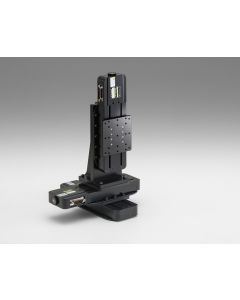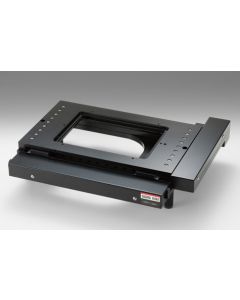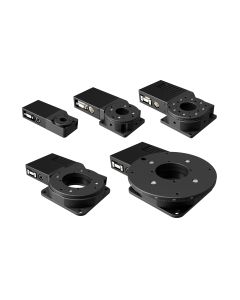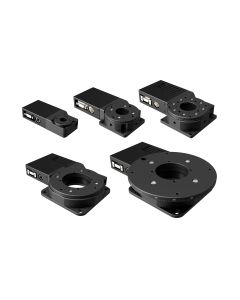Search results for: 'de_en blog post learn the basics of motorized stages'
-
 2-Phase Motorized Rotation Stages with Encoder
2-Phase Motorized Rotation Stages with EncoderStarting at $1,924.00
-
 Standard Serie Translation Motorized Stage 3 Axis (XYZ)
Standard Serie Translation Motorized Stage 3 Axis (XYZ)Starting at $3,821.00
-
 Aluminum Crossed Roller Guide Motorized Stage 2 Axis (XY)
Aluminum Crossed Roller Guide Motorized Stage 2 Axis (XY)Starting at $3,050.00














